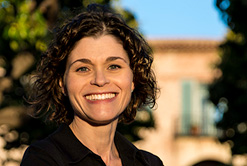The NRMP posted a webinar on applicant characteristics associated with success and failure in the recent Match, specifically focusing on Family Medicine, OB/GYN, Otolaryngology, Pathology, and Diagnostic Radiology.
The webinar presents data tracking trends in whom programs (from those five specialties) ranked. NRMP says they hope to help applicants and residency directors gain a clearer understanding of the factors influencing candidate selection. Some of the data is to be expected (average Step 2 scores are higher for Otolaryngology than for Family Medicine), but there there are more specifics offered: Over three quarters of Otolaryngology programs don’t take applicants with Step 2 scores under 225 whereas half of Family Medicine programs take applicants with Step 2 scores as low as 215. There are some other interesting factoids that might guide candidates’ approach to the Match.
Here’s the YouTube link.

